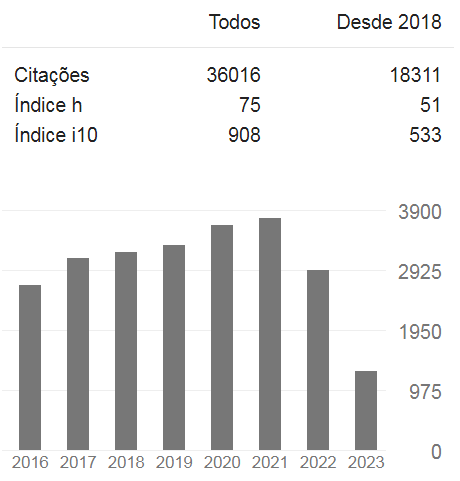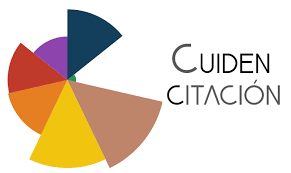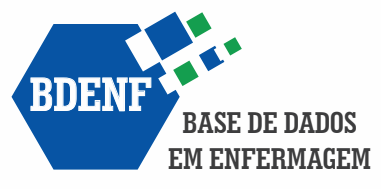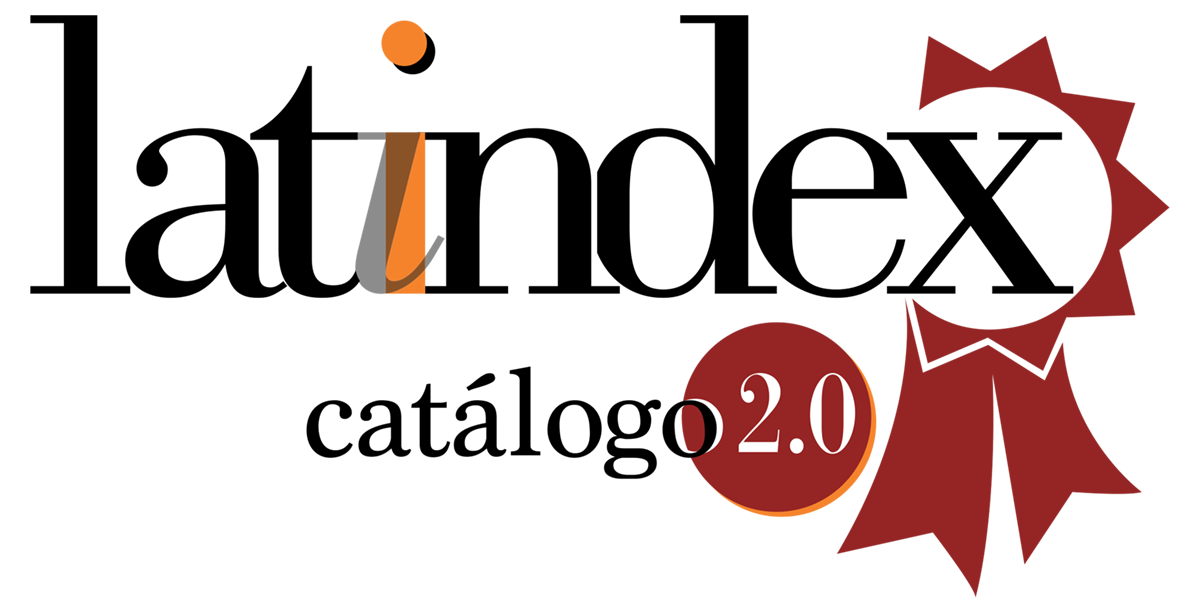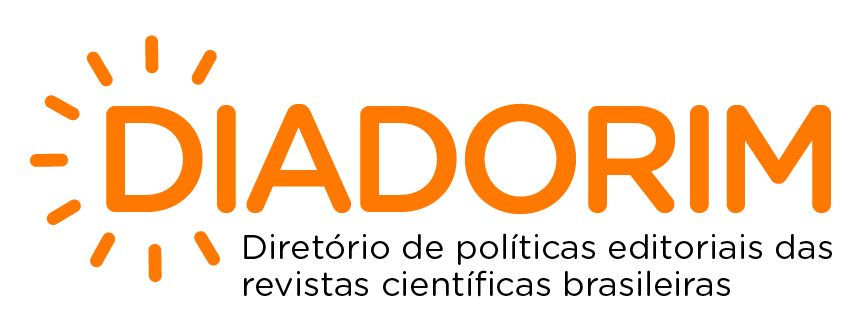Predictors of problems related to the consumption of psychoactive substances among users undergoing psychosocial treatment
DOI:
https://doi.org/10.35699/2316-9389.2023.41536Keywords:
Mental Health, Substance-Related Disorders, Patient Health Questionnaire, Motivation, Mental Health AssistanceAbstract
Objective: to analyze the predictors of problems related to the consumption of psychoactive substances among users of a Psychosocial Care Center-Alcohol and Drugs. Method: a cross-sectional study with a quantitative approach conducted with 200 users of a Psychosocial Care Center-Alcohol and Drugs from inland São Paulo. The data were collected by means of a sociodemographic questionnaire and through the instrument called Global Assessment of Individual Needs - Short Screener. A descriptive analysis and multiple regression of ordinary least squares were performed searching predictors for the variation in the scale score. Results: the users' profile showed 84% males with a mean age of 38.97 years old, white-skinned (85%), living with family members (43.5%) and with informal employment contracts (53%). The predictors corresponding to severity of the substance-related problems were internalization and externalization, crime and violence, schooling and use pattern. In relation to the total scale, the predictors were female gender, age, street situation and use pattern. Conclusion: the predictors analyzed pointed to biopsychosocial factors that should be considered in the care process for this population group. The results highlight the need for an interdisciplinary, interprofessional and intersectoral approach that can be guided by the Singular Therapeutic Project.
References
United Nations Office on Drugs and Crime (UNODC). World Drug Report New York (NY): United Nations; 2021[citado em 2021 set. 7]. Disponível em: https://www.unodc.org/unodc/data-and-analysis/wdr2021.html
World Health Organization. Global Status Report on Alcohol and Health 2018. Genova: World Health Organization; 2019. 469 p. [citado em 2021 jun. 17]. Disponível em: https://www.who.int/publications/i/item/9789241565639
Bastos FIPM, Vasconcellos MTL, De Boni RB, Reis NB, Coutinho CFS. III Levantamento Nacional sobre o uso de drogas pela População Brasileira. Rio de Janeiro: ICICT/Fiocruz; 2017[citado 2021 nov. 9]. Disponível em:
https://www.arca.fiocruz.br/bitstream/icict/34614/1/III%20LNUD_PORTUGUÊS.pdf
Moreira RMM, Oliveira EM, Lopes RE, Lopes MVO, Almeida PC, Aragão HL. Common Mental Disorders in Psychoactive Substances [Internet]. Enferm Foco [Internet]. 2020[citado em 2022 fev. 25];11(1):99-105. Disponível em: https://doi.org/10.21675/2357-707X.2020.v11.n1.2675 DOI: https://doi.org/10.21675/2357-707X.2020.v11.n1.2675
Moriarty DP, Bart CP, Stumper A, Jones P, Alloy LB. Mood symptms and impairment due to substance use: a network perspective on comorbidity. J Affect Dis [Internet]. 2021[citado em 2022 fev. 24];278(1):423-32. Disponível em: https://doi.org/10.1016/j.jad.2020.09.086 DOI: https://doi.org/10.1016/j.jad.2020.09.086
Chen F, Yang H, Bulut O, Cui Y, Xin T. Examining the relation of personality factors to substance use disorder by explanatory item response modeling of DSM-5 symptoms. PLoS ONE[Internet]. 2019[citado em 2022 fev. 20];14(6):e0217630. Disponível em: https://doi.org/10.1371/journal.pone.0217630 DOI: https://doi.org/10.1371/journal.pone.0217630
Stathopoulou G, Gold AK, Hoyt DL, Milligan M, Hearon BA, Otto MW. Does anxiety sensitivity predict addiction severity in opioid use disorder? Add Behav [Internet]. 2021[citado em 2022 fev. 5];112(1):106644. Disponível em: https://doi.org/10.1016/j.addbeh.2020.106644 DOI: https://doi.org/10.1016/j.addbeh.2020.106644
DiGuiseppi G, Davis JP, Leightley D, Rice E. Predictors of adolescents’ first episode of homelessness following substance use treatment. J Adolesc Health [Internet]. 2020[citado em 2022 jan. 5];66(4);408-15. Disponível em: https://doi.org/10.1016/j.jadohealth.2019.11.312 DOI: https://doi.org/10.1016/j.jadohealth.2019.11.312
Ogden SN, Dichter ME, Bazzi AR. Intimate partner violence as a predictor of substance use outcomes among women: a systematic review. Add Behav [Internet]. 2022 [citado em 2022 fev. 5];127(1):107214. Disponível em: https://doi.org/10.1016/j.addbeh.2021.107214 DOI: https://doi.org/10.1016/j.addbeh.2021.107214
Müller O, Baumann C, Patrizio PD, Viennet S, Vlamynck G, Collet L, et al. Patient’s early satisfaction with care: a predictor of health-related quality of life change among outpatients with substance dependence. Health Qual Life Outcomes [Internet]. 2020[citado 2022 fev. 26];18(6). Disponível em: https://doi.org/10.1186/s12955-019-1267-x DOI: https://doi.org/10.1186/s12955-019-1267-x
Pinedo M. Help seeking behaviors of Latinos with substance use disorders who perceive a need for treatment: substance abuse versus mental health treatment services. J Substance Abuse Treatment [Internet]. 2019[citado em 2022 fev. 26];109:41-5. Disponível em: https://www.sciencedirect.com/science/article/pii/S0740547219303496?via%3Dihub DOI: https://doi.org/10.1016/j.jsat.2019.11.006
Ministério da Saúde (BR). Portaria nº 3.088, de 23 de dezembro de 2011. Institui a Rede de Atenção Psicossocial para pessoas com sofrimento ou transtorno mental e com necessidades decorrentes do uso de crack, álcool e outras drogas, no âmbito do Sistema Único de Saúde. Brasília: MS; 2011[citado em 2022 jan. 18]. Disponível em: https://bvsms.saude.gov.br/bvs/saudelegis/gm/2011/prt3088_23_12_2011_rep.html
Dennis ML, Chan YF, Funk RR. Development and validation of the GAIN Short Screener (GSS) for internalizing, externalizing and substance use disorders and crime/violence problems among adolescents and adults. Am J Addict. 2006[citado em 2021 dez. 8];15(S1):80-91. Disponível em: 10.1080/10550490601006055 DOI: https://doi.org/10.1080/10550490601006055
Dennis M, White M, Titus JC, Unsicker J. Global appraisal of individual needs–short screener (GAIN-SS): administration and scoring manual version 2.0.3. IL: Chestnut Health Systems; 2008[citado em 2021 dez. 8]. Disponível em: https://dpi.wi.gov/sites/default/files/imce/sspw/pdf/gainssmanual.pdf
Gustavson D, Franz C, Panizzon M, Lyons M, Kremen W. Internalizing and externalizing psychopathology in middle age: genetic and environmental architecture and stability of symptoms over 15 to 20 years. Psychol Med [Internet]. 2020[citado em 2021 dez. 22];50(9):1530-8. Disponível em: 10.1017 / S0033291719001533 DOI: https://doi.org/10.1017/S0033291719001533
Khanano R, Barbic S, Henderson J, Mathias S, Richardson CG. Reliability and Concurrent Validity of the GAIN Short Screener Among Youth Utilizing Integrated Health Services. J Can Acad Child Adolesc Psychiatry [Internet]. 2021[citado em 2022 jan. 24];30(2): 82-91. Disponível em: https://pubmed.ncbi.nlm.nih.gov/33953760/
Chi Z, Ling Q, Yan Z, Bin X, Lianchun L, Yanchao D, et al. A novel scoring system for prediction of disease severity in COVID-19. Front Cell Infect Microbiol [Internet] 2020[citado em 2022 jan. 5];10(318). Disponível em: https://www.frontiersin.org/articles/10.3389/fcimb.2020.00318/full DOI: https://doi.org/10.3389/fcimb.2020.00318
Nilima KA, Shetty K. Prevalence, patterns, and predictors of diarrhea: a spatial-temporal comprehensive evaluation in India. BMC Public Health [Internet]. 2018[citado em 2021 nov. 10];18(1):1288. Disponível em: https://bmcpublichealth.biomedcentral.com/articles/10.1186/s12889-018-6213-z DOI: https://doi.org/10.1186/s12889-018-6213-z
Claro HC, Oliveira MAF, Tito JC, Fernandes IFAL, Pinho PH, Tarifa RR. Drug use, mental health and problems related to crime and violence: cross-sectional study. Rev Latinoam Enferm [Internet]. 2015[citado em 2021 nov. 3];23(6):1173-80. Disponível em: https://doi.org/10.1590/0104-1169.0478.2663 DOI: https://doi.org/10.1590/0104-1169.0478.2663
Oliveira, VC, Capistrano FC, Ferreira ACZ, Kalinke LP, Felix JVC, Maftum MA. Sociodemographic and clinical profile of people assisted in a CAPS ad in the South of Brazil. Rev Baiana Enferm [Internet]. 2017[citado em 2021 nov. 1];31(1). Disponível em: https://dx.doi.org/10.18471/rbe.v31i1.16350 DOI: https://doi.org/10.18471/rbe.v31i1.16350
Trevisan ER, Castro SS. Psychosocial Care Centers - alcohol and drugs: users’ profile. Saúde Debate [Internet]. 2019[citado em 2021 dez. 12];43(121):450-63. Disponível em: https://www.scielo.br/j/sdeb/a/SCkjS8Cfr8WVbZGGqCwWrYf/?lang=pt DOI: https://doi.org/10.1590/0103-1104201912113
Oliveira EN, Moreira RMM, Oliveira LS, Olímpio ACS, Silva RWS, Pereira PJA. Multiprofessional care towards the crack-related hospital admissions. Rev Pesqui Univ Fed Estado Rio J [Internet]. 2019[citado em 2022 jan. 2];11(5):1293-9. Disponível em: https://pesquisa.bvsalud.org/portal/resource/pt/biblio-1022445 DOI: https://doi.org/10.9789/2175-5361.2019.v11i5.1293-1299
Andrade FT, Santos Neta ME, Lima ACR, Porto YCBS, Santos AD. Degree of dependence in users of a psychosocial attencion center for alcohol and other drugs. J Nurs Health [Internet]. 2010[citado em 2021 out. 18];10(3):2-14. Disponível em: https://periodicos.ufpel.edu.br/ojs2/index.php/enfermagem/article/view/18505 DOI: https://doi.org/10.15210/jonah.v10i3.18505
González E, Arias F, Szerman N, Vega P, Mesias B, Basurte I. Coexistence between personality disorders and substance use disorder. Madrid study about prevalence of dual pathology. Actas Esp Psiquiatr [Internet]. 2019[citado em 2022 jan. 12];47(6): 218-28. Disponível em: https://pubmed.ncbi.nlm.nih.gov/31869422/
Farmer RF, Gaua JM, Seeley JR, Kosty DB, Sher KJ, Lewinsohn PM. Internalizing and externalizing disorders as predictors of alcohol use disorder onset during three developmental periods. Drug Alcohol Depend [Internet]. 2016[citado em 2021 nov. 8];164(1):38-46. Disponível em: https://doi.org/10.1016/j.drugalcdep.2016.04.021 DOI: https://doi.org/10.1016/j.drugalcdep.2016.04.021
Additional Files
Published
Issue
Section
License
Copyright (c) 2023 REME-Revista Mineira de Enfermagem

This work is licensed under a Creative Commons Attribution 4.0 International License.



